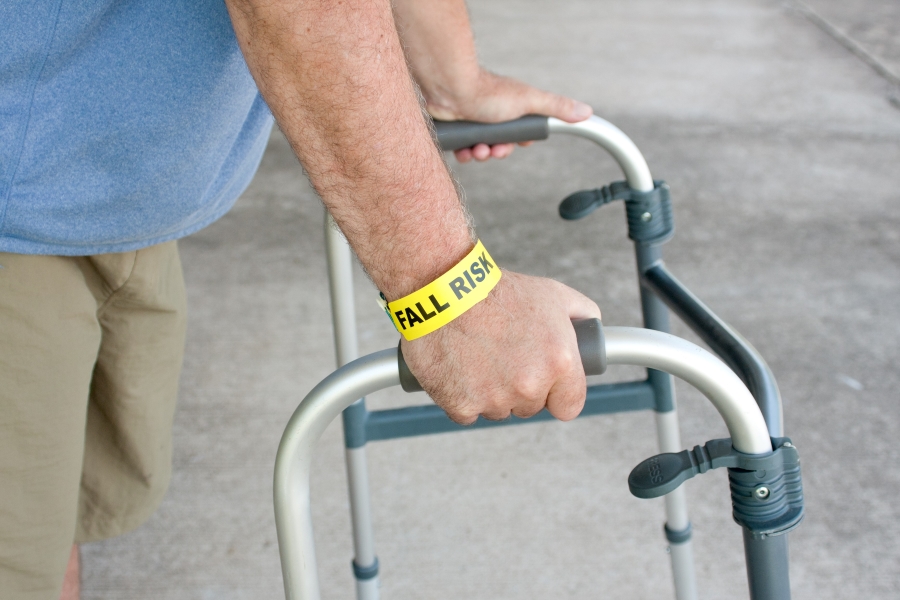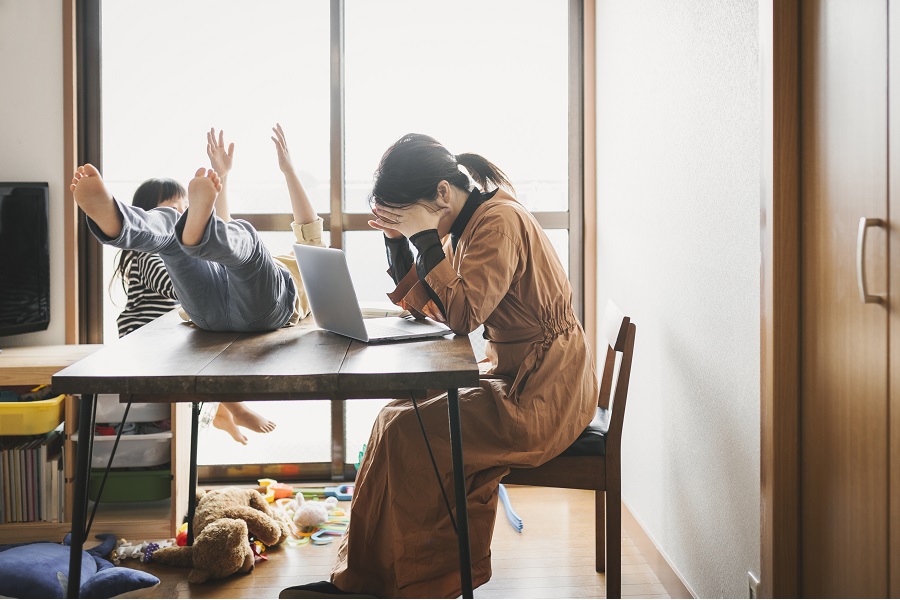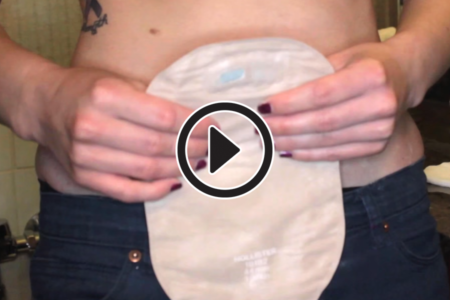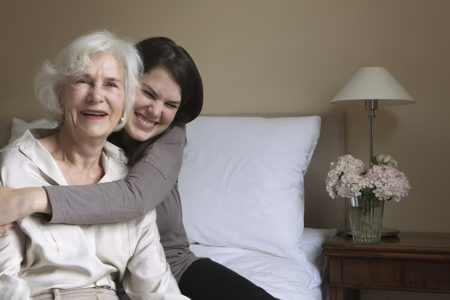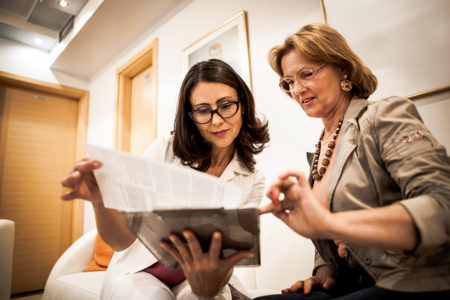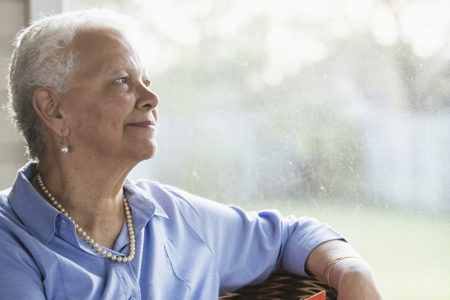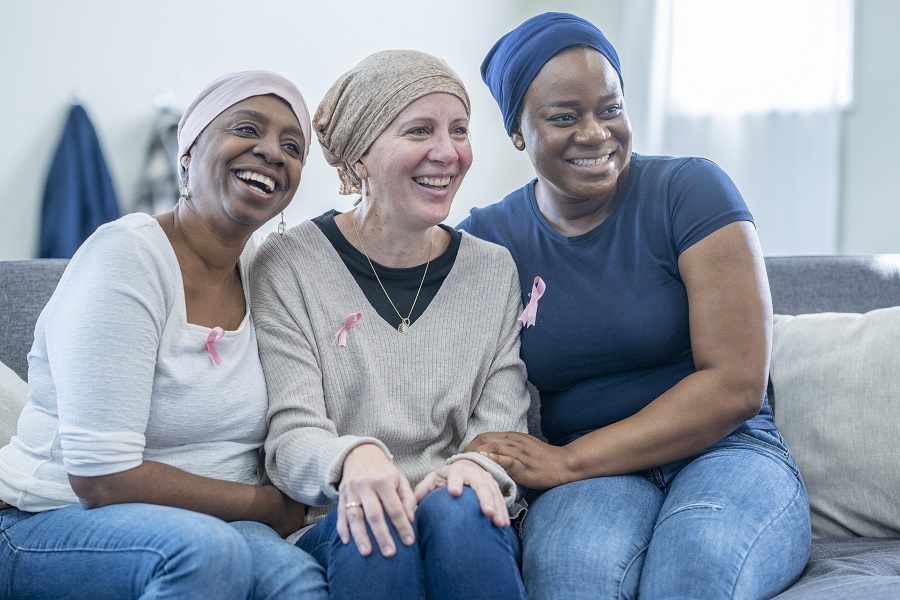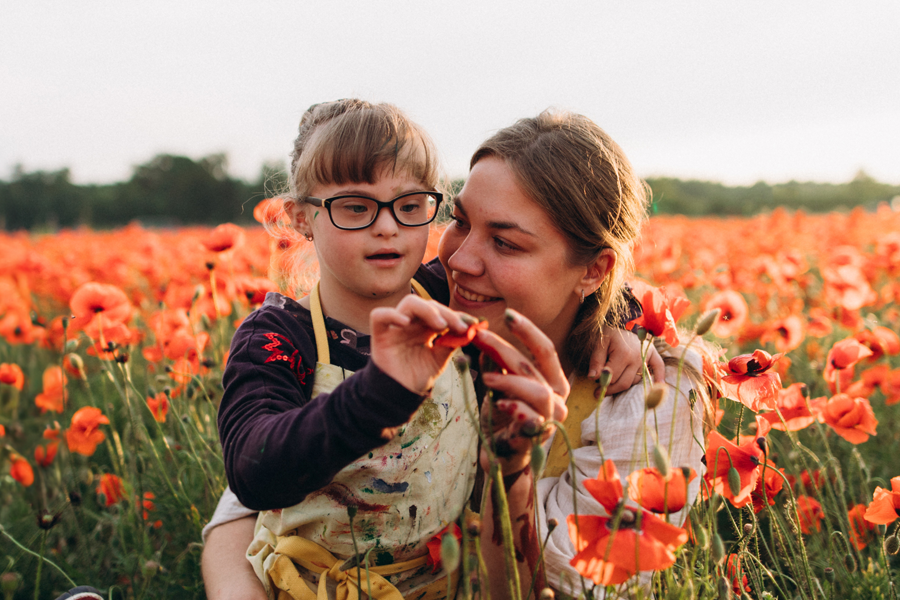September is Fall Prevention Awareness Month. During this observance, September 23rd – 27th 2024 is Fall Prevention Awareness Week, and the 22nd is Fall Prevention Awareness Day. The 17th annual Falls Prevention Awareness focuses on ‘From Awareness to Action’.
One in four Americans aged 65 and over fall each year. According to the Centers for Disease Control and Prevention (CDC), 112 older adults will die every day as a result of a fall. With such alarming statistics, Fall Prevention Awareness Month is more important than ever.
You can take several steps to prevent falls and decrease fall risks. One proven way to reduce the risk of falls is to improve strength and balance. And that can be as easy as starting an exercise program that works for you.
Why is it important to exercise?
Exercise can strengthen legs, improve balance, and make older adults more flexible. These factors can help reduce the chances of falling. Below are some specific exercises and movements you can do to build strength, balance, and flexibility.
- Tai Chi. Tai Chi, an ancient Chinese mind-body practice, is a type of graceful, physical exercise that gives the appearance of martial arts performed in slow motion. It involves a series of slow, gentle movements and physical postures, a meditative state of mind, and controlled breathing. Many gyms, senior centers, and community centers have group Tai Chi classes available both indoors and outdoors.
- Standing on one foot. This exercise can be practiced nearly anywhere at almost any time. With abs tightened, two hands braced on a sturdy table or chair, and with feet shoulder-width apart, lift one leg at a time and hold for ten seconds. Repeating this exercise 10-15 times per day can increase overall balance in individuals of any age.
- Heel-to-toe walk. The heel-to-toe walk, sometimes called the tandem walk, can be practiced anywhere an individual has room to travel backward and forward for 4-8 consecutive steps. With a hand on a wall or counter to begin with (as balance is developed, the individual can move to an open space with arms extended from the shoulders for balance), pretend to walk on a tightrope by placing one foot directly in front of the other, touching your heel to the toes of the foot directly behind. After 4-8 steps forward, repeat the sequence backward. Practice multiple times a day to improve balance.
- Calf stretches and raises. Calf flexibility and strength can improve ankle and knee movement, and help older adults to walk on uneven ground. To do a calf stretch, stand arm-length away from a wall and place your hands on the wall. Step forward with one foot. Lean your hips toward the wall, keeping your back leg straight and heel on the floor. Hold the position for 20-30 seconds and repeat with the other leg. To do a calf raise, place your hands on a sturdy chair, table or counter for balance. Stand straight and rise up onto your toes as high as possible, keeping heels of the ground, then slowly lower to your normal position. Repeat 10 times.
- Yoga. Yoga is an ancient practice rooted in Indian philosophy that involves physical poses, concentration, and deep breathing. It has been shown to improve balance, flexibility, strength, endurance, and mental clarity in older adults. With regular practice, yoga can also reduce stress, increase bone density, and lower blood pressure. Many gyms, senior centers, and community centers have group yoga classes available both indoors and outdoors.
While a minimum of 150 minutes of total physical activity each week is ideal, any exercise is beneficial.
Making your routine the new norm
Here are some tips when implementing a routine:
- Do exercises regularly – Changes don’t happen overnight. Being persistent and sticking with it despite the difficulties will ultimately lead to better results. If you were referred to a physical therapist to prevent falls, do your exercises as recommended.
- Talk to your physician – Tell your healthcare team what you are doing and why. They will be able to refer you to any available resources that may help you on your journey. They can also ensure you are safely and effectively gaining strength and stability.
- Access your community – Seek out support from your local Area Agency on Aging (AAA). Their mission is to make it possible for older adults to choose the services and living arrangements that suit them best. They can provide advice, resources, and services to make your new routine possible. You can find your local chapter here.
- Bring a friend – Trying something new can be intimidating. When you find a program you want to try, take a friend or caregiver with you! You will have more fun, and you’ll be able to motivate each other
- Do your research – There are so many exercise options available. From gym equipment to games, you should be able to find something that suits you. Don’t forget online options too, you may be able to participate in programs without leaving your home.
Falling should not be a part of aging. Thankfully there are fun and engaging physical activity programs that can help you modify current habits and routines to be fall-free. Everyone can benefit from being physically active. It is never too late to start being active. Encourage your family and friends to join you, and start today!
Shield HealthCares Fall Prevention Resources:
- Preventing Falls at Home: A Safety Checklist
- Fall Risk Checklist
- How to Help a Loved One After Falling: Step-by-Step Illustration
External Fall Prevention Resources:
- Find an exercise program with NCOA
- CDC Data and research
- CDC Patient & Caregiver Resources
- Eldercare aging network





